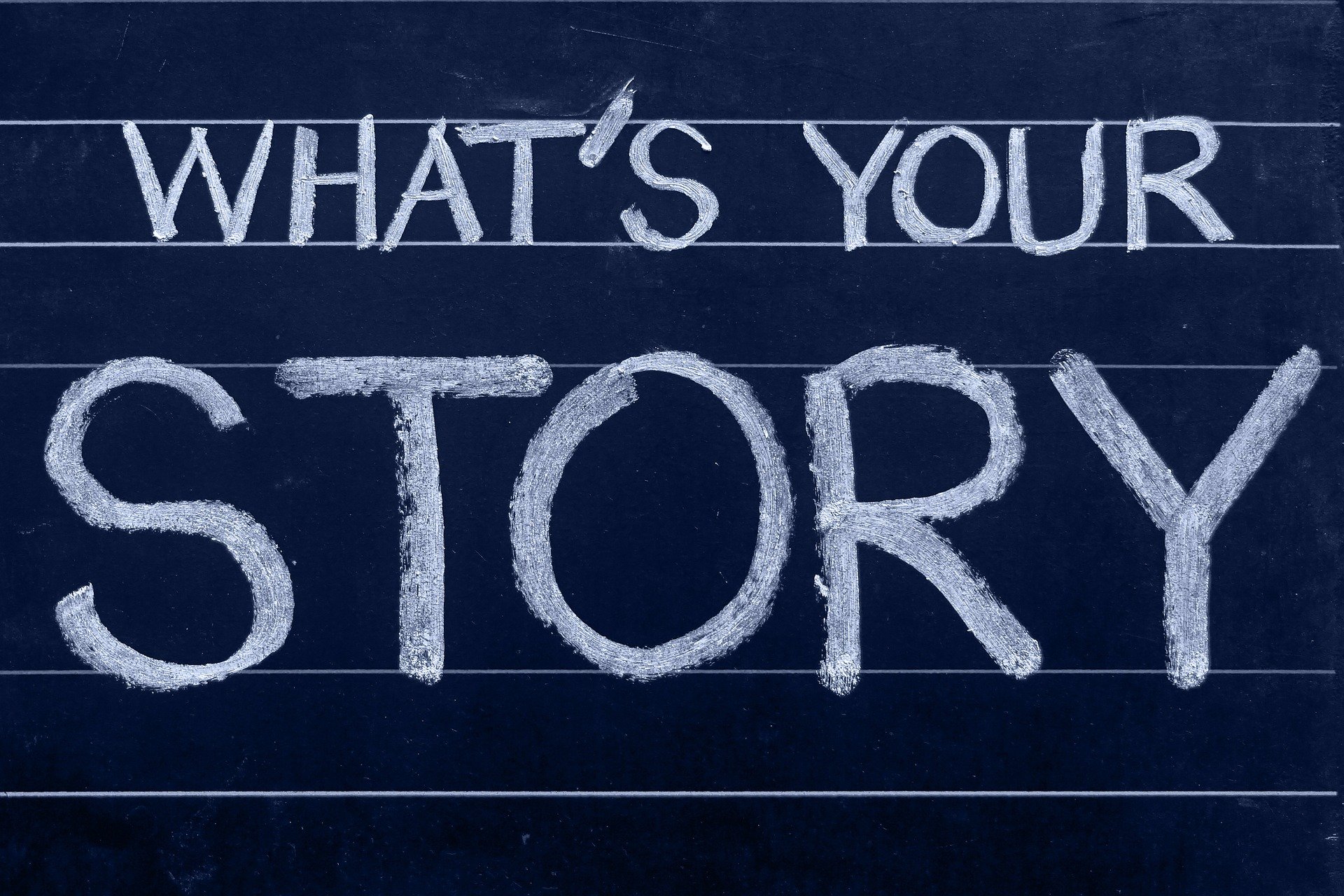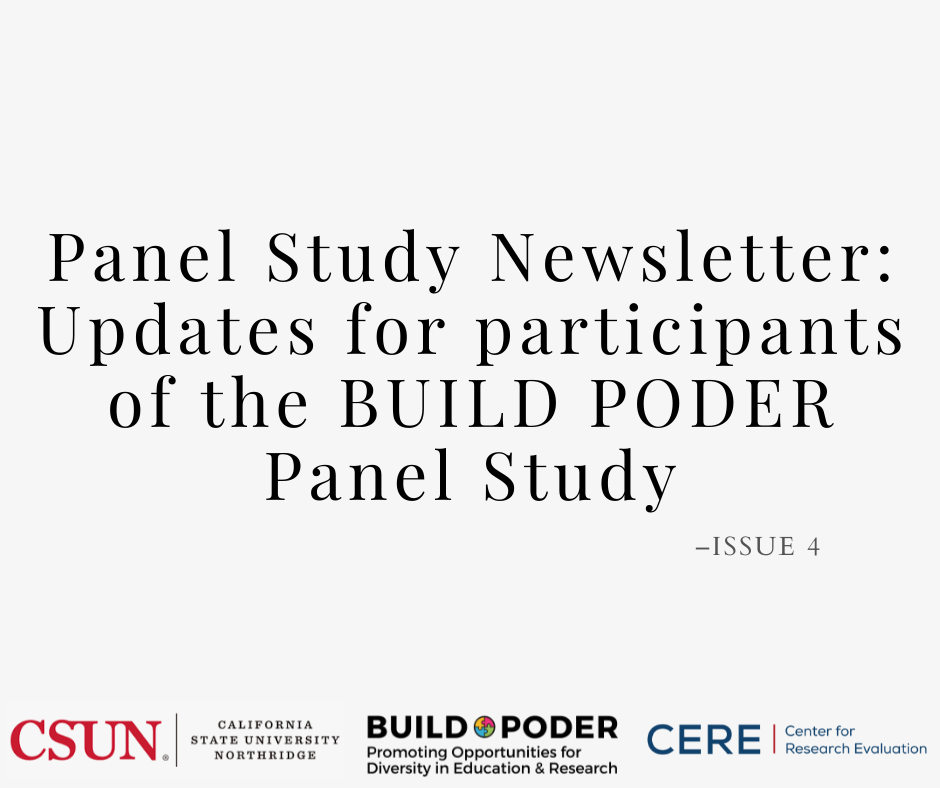
When same-old same-old just won’t do
By Sarah Mason and Shannon Sharp
When you’re evaluating a program that trains college students to challenge the dominant
paradigm, what methods can you choose?
About a year ago, CERE faced this question when we were hired to evaluate a program for
undergraduate STEM students. Grounded in Critical Race Theory (CRT), this particular program
trains students and mentors in CRT (among other things) in the hopes it will change mentor-
mentee dynamics, encourage research on issues of social justice and spark the use of alternate
methodologies on new research topics
Critical race theory
For those who aren’t familiar with Critical Race Theory, it has five central tenets:*
1. Centrality and intersectionality of racism
2. Challenge to dominant ideology
3. Commitment to social justice
4. Importance of experiential knowledge
5. Use of an interdisciplinary perspective.
*We are by no means experts and have been informed by the work of authors/thinkers such as
Derrick Bell, Daniel Solorzano, Tara Yosso, among many others.
Within such a context, it felt disingenuous to rely only on traditional evaluation methods (e.g.,
surveys, structured interviews, secondary data analysis).
Enter: Oral histories
Oral histories collect memories and personal stories about events of historical significance
through interviews. Oral historians invite narrators to tell stories from their lives, leaving
narrators to determine much of the scope and direction of the interview. Because of the value
they place on personal experience and experiential knowledge, oral histories offer one
technique for drawing out stories that might not otherwise emerge.
Getting methodological help
To help us along the way, we hired an oral historian to train our team and act as a
methodological support. We recruited 28 undergraduate students and 10 faculty who agreed to
take part in annual oral history interviews over the next five years. Our goal? To provide a
platform for them to tell their stories about life before and during college—and about entering
the workforce—from their personal perspectives.
Lessons learned
1. Surprising stories emerge when you move from a structured interview protocol to one
where narrators have more control. Most of our interviews began with a simple question—tell
me about where you grew up. This prompt, simple as it sounds, led to life stories and
experiences that covered the whole gamut—racism, sports, relationships, the effects of 9-11, family expectations for one’s career, to name a few. While the process may have looked quite
similar to a standard interview approach, it placed far more control in our narrators’ hands,
giving them voice and power—and allowing us to gain richer insights.
2. Trialing oral histories during a global pandemic is not ideal! Take a look at any oral history
manual and it will tell you: do your interviews in person. Take time to meet your narrator—in
person—before the interview so you can begin to build your relationship. In person, in person,
in person! Not possible during a pandemic, friends.
Because of the pandemic, our team held all our oral history interviews over Zoom. This was not
ideal, but still allowed us to test out the approach. We’re hoping we get to heed oral historians’
calls for in person interviews in the future, as the ‘first-time-meeting’ over Zoom made rapport
building an added challenge.
3. Analyzing oral histories takes a new approach. Once we’d completed our interviews, the
next question became—what now? How do we analyze these data so we fully capture the
richness of the stories our narrators told? Our team drew from Yussen and Ozcan (1997) to try
and represent the four core elements of narrative stories—self, characters, settings and stories.
A tool for our toolkit
If you’re looking for a new tool to add to your methodological toolkit—specifically, one that
may help to shift the power dynamics between interviewer and interviewee (even just a little)
in order to elicit a deeper level of sharing—give oral histories a go! While there are still a host
of questions for evaluators to grapple with (e.g., how do we best communicate the rich insights from our narrators in a way that is still short and pithy?) we suggest they are an under-utilized gem!




